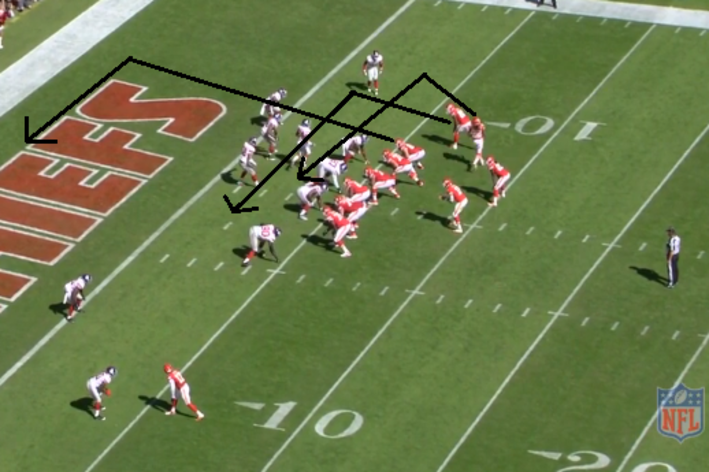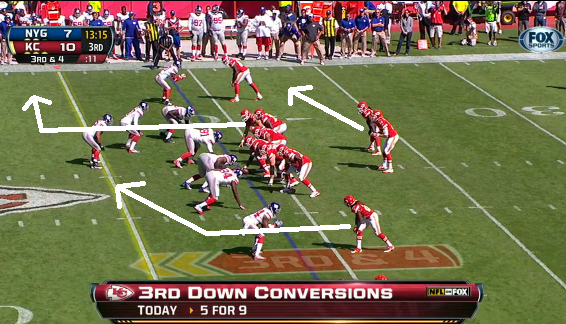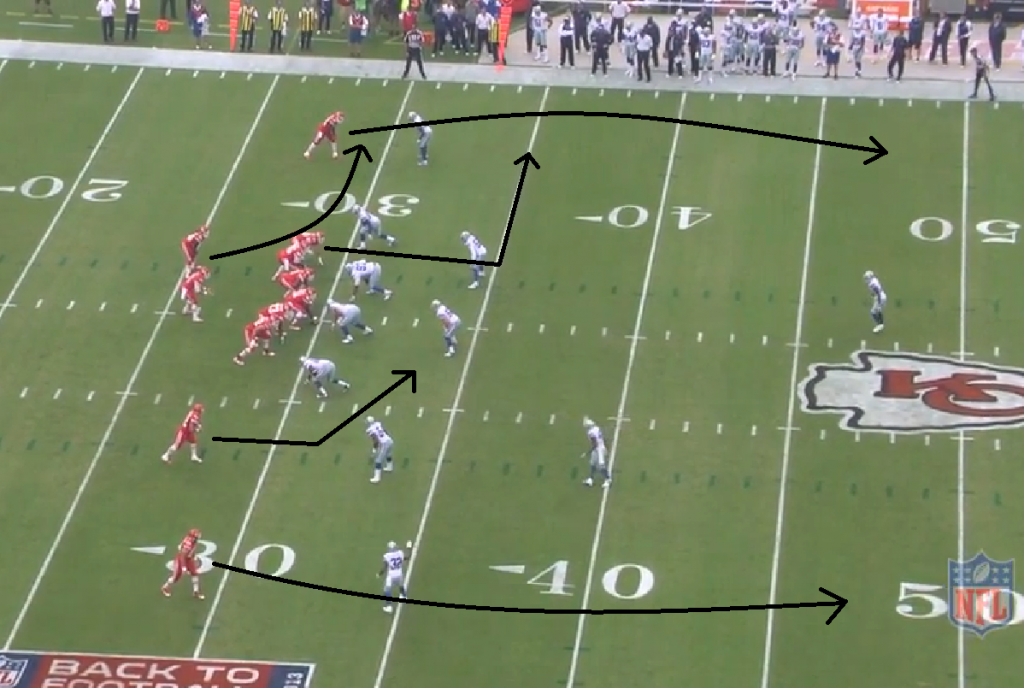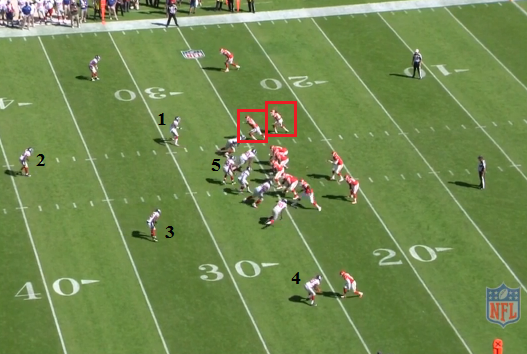- Thread starter
- #1
MHSL82
Well-Known Member
Thought there should be a thread about the passing game and will start one for a running game thread and perhaps a defense one - both when I find a good starter article or video. Here's the one I chose for the Passing Game
KC Chiefs passing game: What they're doing and why they're doing it - Arrowhead Pride
KC Chiefs passing game: What they're doing and why they're doing it - Arrowhead Pride



















